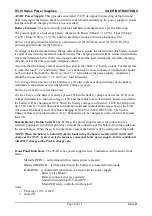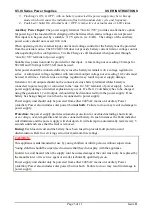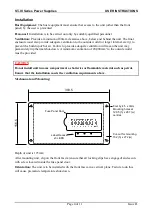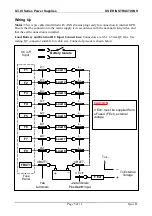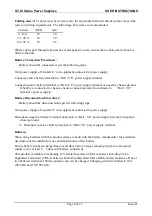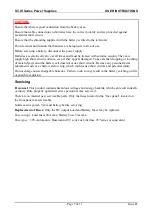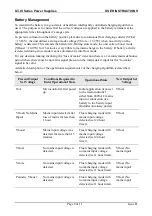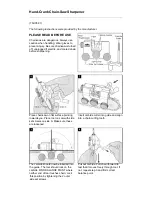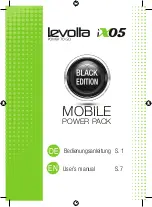
ST–III Series Power Supplies
USER INSTRUCTIONS
Electromagnetic compatibility (EMC)
Electromagnetic compatibility (EMC) is defined as “the ability of a device, equipment or system to
function satisfactorily in its electromagnetic environment without introducing intolerable
electromagnetic disturbance to anything in that environment”.
Switch-mode power supplies are good generators of EMI and as such care needs to taken during
their designs to limit their emissions. Requirements of the local regulator (ACA) limit the emissions
to protect the frequency spectrum. Limits are set down in standards such as EN55022 for radiated
and conducted emissions. However, these limits are not satisfactory for devices in close proximity
(<3m) and as such do not guarantee that the power supply will not cause interference with devices
such as TV’s or radios.
The ST20-III/35-III have been designed with equipment interoperability in mind. The emissions are
in the order of 10 – 100 times below the regulator requirements (this is expressed in dB (µV)) and
greatly reduce the likelihood of causing interference with Radios and TV’s located in close
proximity.
However, care still needs to be taken with the routing of cables and placement of the unit with
respect to appliances. Small emissions can still cause interference.
If interference is present, then
locate cables from the power supply away from appliance so far as possible and also locate the
power supply away as far as practical.
Page 11 of 11
Issue D
5MH
z
0.15MH
z
30MH
z
AM Band
30dB
Margin
EN55022 Class A Limit
ST20-III/35-III Conducted Emissions


